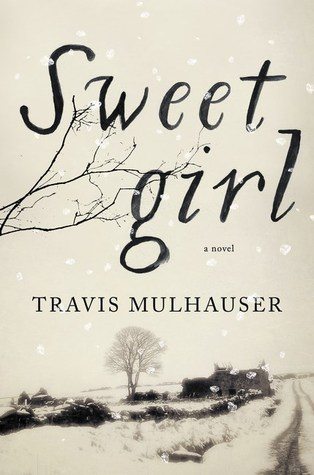Satin Island
Tom McCarthy made his name in the art world writing manifestos for the avant-garde International Necronautical Society. It makes sense then that Satin Island features a corporate anthropologist translating artistic theory into capitalist culture. U., the novel’s protagonist, drifts through the chapter’s short subsections, noticing the generalities of modern life and accumulating dossiers on whatever catches his attention, from oil spills to parachuting accidents.
There are possibilities of plot mentioned, but quickly erased. U. works for a company with a charismatic boss and a team of experts in every area, which assists large brands and governments find meaning where they need it. They’re working on the large, mysterious Koob-Sassen Project, which U. refuses to explain in detail to the reader throughout the book. U.’s big-thinking boss asks him to write a Great Report, the Great Report, a study of our modern culture. At times this seems wildly impossibly, at other times perfectly clear.
People who read Satin Island will likely fall into two camps: those who find it to be a masterful, experimental mockery of current communication; and those who find it full of hot air, so pretentious it’s unbearable. I think McCarthy would declare both camps correct.
| Author | |
|---|---|
| Star Count | 4/5 |
| Format | Hard |
| Page Count | 208 pages |
| Publisher | Knopf |
| Publish Date | 2015-Feb-17 |
| ISBN | 9780307593955 |
| Bookshop.org | Buy this Book |
| Issue | April 2015 |
| Category | Modern Literature |
| Share |







Reviews
There are no reviews yet.